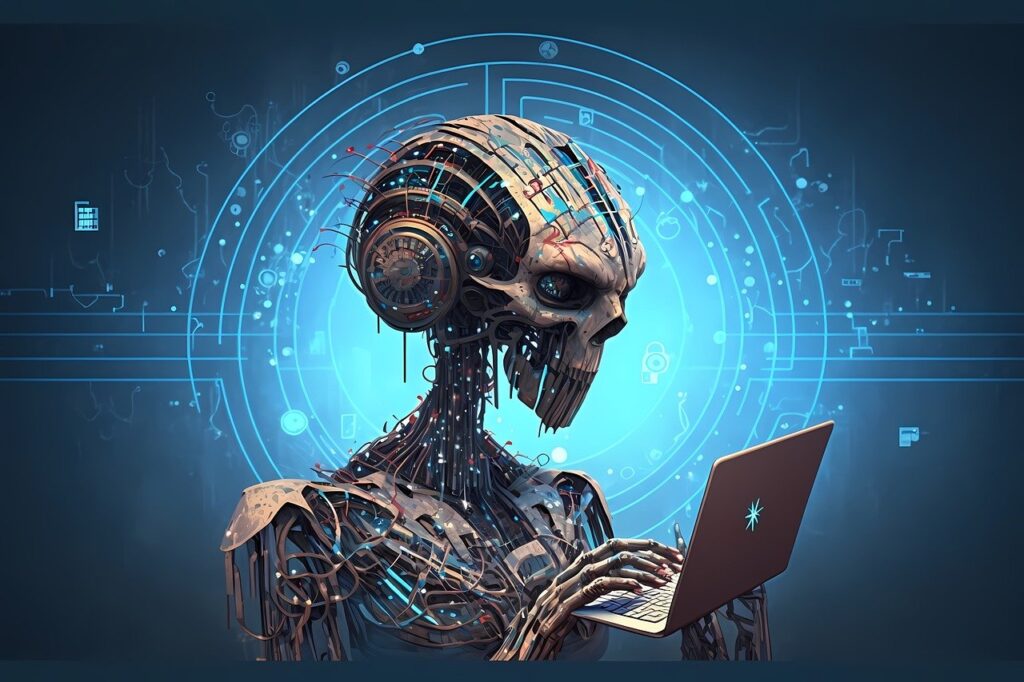Demystifying AI: A Beginner’s Guide to Understanding Artificial Intelligence

Artificial Intelligence (AI) has become a buzzword in today’s technology-driven world, but what exactly is it, and how does it work? In this beginner’s guide, we’ll explore the basics of AI, its applications, and its impact on society.
What is Artificial Intelligence?
At its core, Artificial Intelligence refers to the ability of machines to simulate human-like intelligence. This includes tasks such as learning, reasoning, problem-solving, perception, and language understanding. AI systems are designed to analyze data, recognize patterns, and make decisions without explicit human intervention.
Types of Artificial Intelligence
There are two main types of AI: Narrow AI and General AI. Narrow AI, also known as Weak AI, is designed to perform specific tasks or solve particular problems. Examples of Narrow AI include virtual assistants like Siri and Alexa, recommendation algorithms used by streaming services, and autonomous vehicles.
On the other hand, General AI, also known as Strong AI or Artificial General Intelligence (AGI), refers to AI systems that possess human-like cognitive abilities and can understand, learn, and apply knowledge across a wide range of tasks. General AI remains a theoretical concept and is the subject of ongoing research and speculation.
Applications of Artificial Intelligence
AI is being applied across various industries and domains, transforming the way we live, work, and interact with technology. Some common applications of AI include:
- Healthcare: AI is being used to diagnose diseases, predict patient outcomes, and personalize treatment plans.
- Finance: AI algorithms analyze financial data to detect fraudulent transactions, predict market trends, and optimize investment portfolios.
- Education: AI-powered tutoring systems provide personalized learning experiences and adaptive feedback to students.
- Manufacturing: AI-driven robotics and automation improve efficiency and quality control in manufacturing processes.
- Transportation: AI enables autonomous vehicles to navigate roads safely and efficiently, reducing accidents and congestion.
The Future of AI
As AI continues to evolve, its impact on society is expected to grow exponentially. While AI offers tremendous opportunities for innovation and progress, it also raises ethical, societal, and economic concerns. Issues such as job displacement, bias in AI algorithms, and privacy implications must be addressed to ensure that AI technology benefits humanity as a whole.
In conclusion, Artificial Intelligence is a powerful and transformative technology that has the potential to revolutionize virtually every aspect of our lives. By understanding the basics of AI and its applications, individuals can better prepare for the opportunities and challenges that lie ahead in an increasingly AI-driven world.